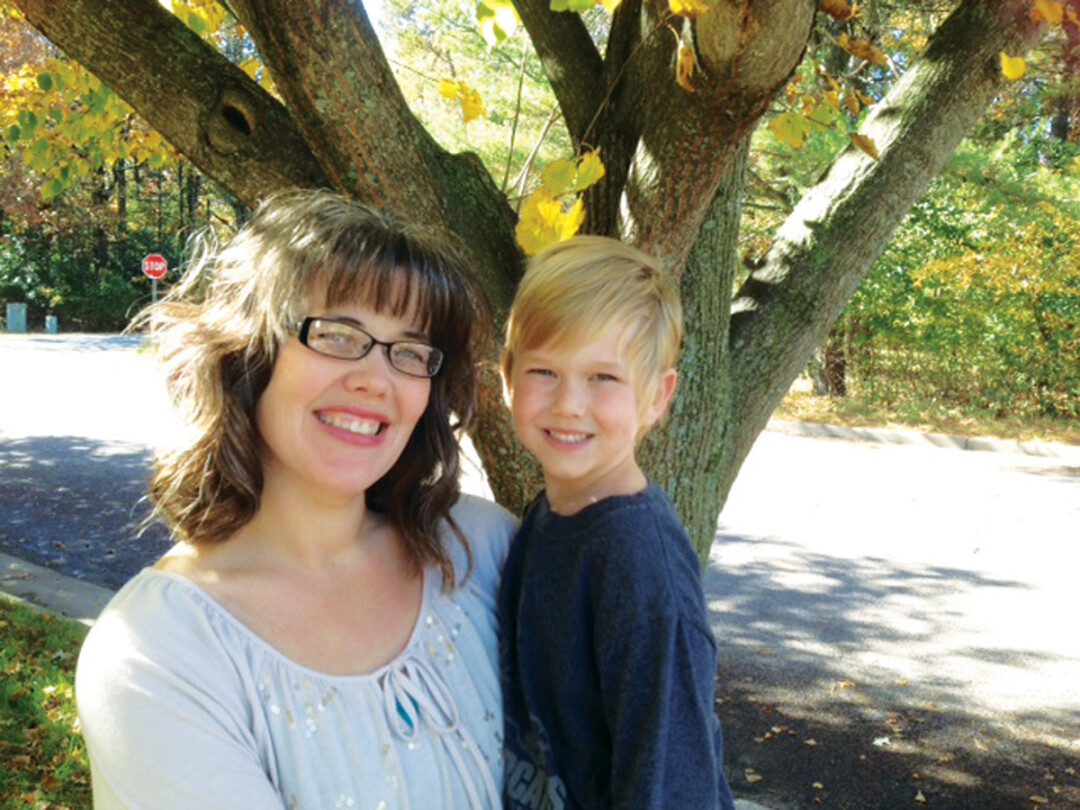Dealing With Identifying and Demystifying Diabetes

It is believed by most Americans that Type 1 diabetes is an illness that develops if healthy eating and regular exercise aren’t practiced. This false belief is largely due to the rise in cultural awareness of Type 2 diabetes. Although it is true that Type 2 diabetes is most commonly diagnosed in adulthood and is largely influenced by lifestyle factors, Type 1 diabetes has no known cause and can be diagnosed at any age.
But unlike Type 2 diabetes, Type 1 is similar to an autoimmune disorder in that the body is somehow triggered in mistakenly attacking the pancreatic cells that produce insulin causing blood sugars to rise to dangerous levels. It is most commonly diagnosed from infancy to early adulthood and, usually, after a trip to the emergency room. At two-years-old, Caleb Gran was unfortunately one of these cases.
Bethany Gran, mother of Caleb, had been aware of diabetes as a disease, but was unaware that Type 1 existed, let alone that children could develop it. So when Caleb was complaining about being excessively thirsty to the point of waking up in the middle of the night to chug a glass of water, Bethany struggled with differentiating between being alarmed about this new habit and being willing to accept the odd behavior as a nature part of childhood.
After two weeks, and several accidents while sleeping, Bethany finally determined something was wrong. Like Bethany, many parents who are not aware of the warning signs of Type 1 diabetes prior to their child’s diagnosis report feeling the same way. Yet every year, over 13,000 children are diagnosed with Type 1 diabetes and over 1 million American children live with disease every day.
So what are the warning signs that a child may be suffering from Type 1 diabetes? Many others also experienced sudden symptoms such as:
• Feeling sluggish
• Having changes in vision
• Having extreme hunger
• Experiencing significant weight loss
• Having a fruity odor on breath
• Behaving unusually or being moody
As of today, there is no cure for diabetes, but it can be managed to prevent long term complications. Bethany is now experiencing and dealing with what she calls “the new normal.” Caleb’s blood sugar is measured by poking his finger about 10-12 times a day. Those with Type 1 diabetes must also inject insulin several times a day to maintain normal blood sugars. At night, Bethany has an alarm for Caleb in case his blood sugars become abnormal while he is sleeping. “I would never Sugar Coat it,” she said. “Your work load and effort will never lessen. However, it will become more natural.”
Caleb, now five, is learning to manage his diabetes with help from his mother. And while she seems like an expert at this point, she wishes she would have been provided education and awareness prior to Caleb’s diagnosis. “If nothing else, it helps to be sensitive to other families with children affected by the disease,” Bethany said.
If you believe you or your child may have diabetes, call a doctor or triage nurse immediately. A blood sugar test can lead to an early diagnosis that may prevent hospitalization, and even save a life.


















